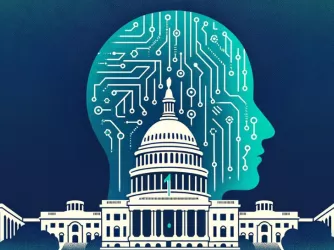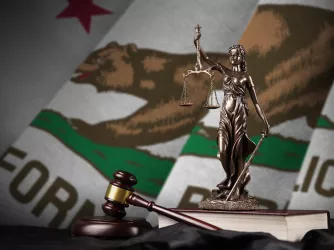Table of Contents
FIRE Celebrates 50th Anniversary of 'Keyishian' Decision

Today marks 50 years since the landmark U.S. Supreme Court ruling in Keyishian v. Board of Regents, 385 U.S. 589 (1967). The anniversary of this foundational First Amendment academic freedom decision serves as a reminder that professors’ freedom to teach, research, and publicly speak must always be safeguarded from government retribution.
The University of Buffalo, as it was then known, became a member of the State University of New York system (SUNY) in 1962. With this transition, the university became subject to New York State Education Law requirements, including Sections 3021 and 3022 of the Education Law and Section 105, Subdivision 3 of the Civil Service Law. Section 3022, known as the Feinberg Certificate, required all employees to certify that they were not members of the Communist party and to notify the SUNY president if they had previously been members. Section 3021 and Section 105 mandated the termination of employees for “treasonable or seditious” utterances or actions.
Harry Keyishian, an English instructor at the transitioning university, refused to sign the certificate. When his contract with the school was not renewed, he filed suit with four co-plaintiffs, alleging First Amendment violations.
On appeal, the Supreme Court of the United States considered two questions: whether the SUNY Regents could require their employees to sign the certificate posed by Section 3022, and whether Sections 3021 and 105 infringed on the plaintiffs’ First Amendment right to academic freedom. In a 5-4 decision authored by Justice William Brennan, the Court ruled in favor of Keyishian and his co-plaintiffs, finding the provisions unconstitutionally vague, in violation of the First Amendment.
Considering the first question before the Court, Brennan wrote that mere membership in a subversive group alone could not be the basis of termination from public university employment, and that Section 3022 violated employees’ First Amendment speech and assembly rights.
On the second question, the Court found requirements for removing employees for “treasonable or seditious utterances or actions” vague and overbroad, and as such, likely to chill constitutionally protected speech.
Fifty years later, key lessons from Keyishian remain important today.
Keyishian makes clear that academic freedom is not only essential to the health of higher education, but to the health of our entire nation. Brennan wrote:
Our Nation is deeply committed to safeguarding academic freedom, which is of transcendent value to all of us and not merely to the teachers concerned. That freedom is therefore a special concern of the First Amendment, which does not tolerate laws that cast a pall of orthodoxy over the classroom. . . . The Nation’s future depends upon leaders trained through wide exposure to that robust exchange of ideas which discovers truth “out of a multitude of tongues, [rather] than through any kind of authoritative selection.” [Internal citations omitted.]
Keyishian, then, emphasizes just how much is at stake when academic freedom is threatened—the very “marketplace of ideas” in our country that the First Amendment seeks to create and protect.
Additionally, Keyishian demonstrates that vague prohibitions chilling speech are just as dangerous to academic freedom as affirmative loyalty oaths. Calling the New York statutes a “regulatory maze,” the Court explained:
When one must guess what conduct or utterance may lose him his position, one necessarily will “steer far wider of the unlawful zone . . . .” For “[t]he threat of sanctions may deter . . . almost as potently as the actual application of sanctions.” The danger of that chilling effect upon the exercise of vital First Amendment rights must be guarded against by sensitive tools which clearly inform teachers what is being proscribed. [Internal citations omitted.]
Vague regulations that have a chilling effect upon free speech must, therefore, be resisted with the same vigor as regulations that affirmatively proscribe protected speech.
Harry Keyishian’s example reminds us that the protection of academic freedom depends on the vigilance and strength of individuals ready to recognize and resist regulations that threaten it. When discussing the origin of the suit in an interview with Academe Blog, Keyishian explained that while “[p]retty much everybody opposed the idea of the certificate,” he and his co-plaintiffs were more determined, saying: “We were, I guess, just more stubborn than the rest and decided, for our own reasons, to see the matter through.”
We at FIRE are inspired by the determination of Keyishian and his co-plaintiffs, and likewise commit to seeing attacks on academic freedom through, to just ends.
Recent Articles
FIRE’s award-winning Newsdesk covers the free speech news you need to stay informed.

O holy fight: New Hampshire Satanic Temple statue threatened by more than vandals

California and other states are rushing to regulate AI. This is what they’re missing

One day after FIRE lawsuit, Congress passes changes to filming permits in national parks
